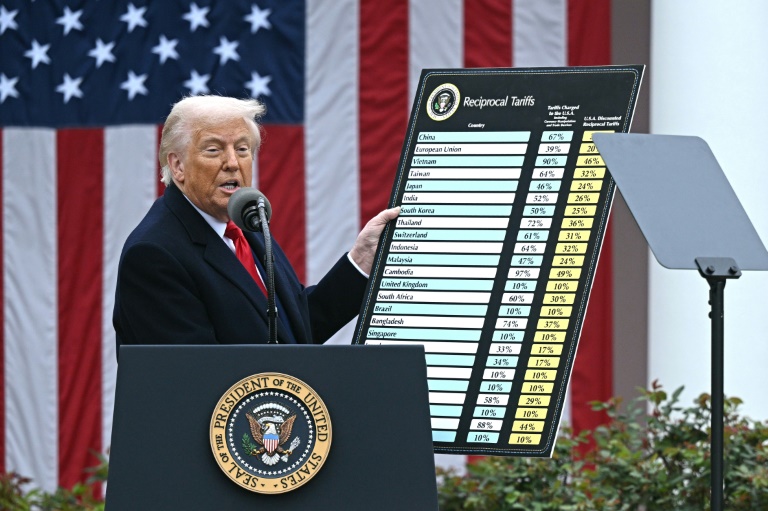Welcome to the Economics 101 series in which we will go over the most basic concept in economics that everyone should understand. The series of articles contains discussions about the following subject:
- Supply and Demand
- Opportunity Cost
- Scarcity
- Cost-Benefit Analysis
- Incentives
- Elasticity
- Market Structures
- Gross Domestic Product (GDP)
- Inflation and Deflation
- Fiscal and Monetary Policy
This is part seven in which we will discuss the basics of market structures.
Perfect Competition
We begin our discussion with perfect competition, a market structure characterized by a large number of buyers and sellers, homogeneous products, perfect information, free entry and exit, and price-taking behavior. In perfect competition, no single buyer or seller has the power to influence market prices. Prices are determined by the forces of supply and demand, ensuring efficiency and fairness.
Key features of perfect competition include:
- Large number of buyers and sellers
- Homogeneous products
- Perfect information
- Free entry and exit
Monopoly
On the other end of the spectrum, we have monopoly, where a single seller dominates the market, facing no competition. In a monopoly, the seller has significant market power and can set prices and quantity levels at their discretion. This market structure often leads to higher prices and reduced output, with potential negative consequences for consumers.
Key features of a monopoly include:
- A single seller
- No competition
- Significant market power
Monopolistic Competition
A blend of perfect competition and monopoly, monopolistic competition involves many sellers offering differentiated products. This market structure allows for some degree of price-setting power for individual firms while still facing competition. There are low barriers to entry and exit, allowing for new firms to enter the market and compete with existing ones.
Key features of monopolistic competition include:
- Many sellers
- Differentiated products
- Some degree of price-setting power
- Low barriers to entry and exit
Oligopoly
Oligopoly is a market structure characterized by a small number of interdependent firms. These firms dominate the market and often engage in strategic behavior, considering the actions and reactions of their competitors when making pricing and production decisions. The barriers to entry are high, creating significant barriers for new firms attempting to enter the market.
Key features of oligopoly include:
- Small number of interdependent firms
- Strategic decision-making
- High barriers to entry
The study of market structures is crucial to understand how businesses operate within the economy. Perfect competition ensures efficiency and fairness, while monopolies have significant market power. Monopolistic competition allows for product differentiation, and oligopolies involve strategic decision-making by a few dominant firms. Each market structure has its advantages and drawbacks, making it essential for policymakers and economists to consider the implications of market structure on competition, consumer welfare, and overall economic efficiency.
Now, armed with the knowledge of market structures, you can navigate the economic landscape with a deeper understanding and appreciation of how markets function.






















